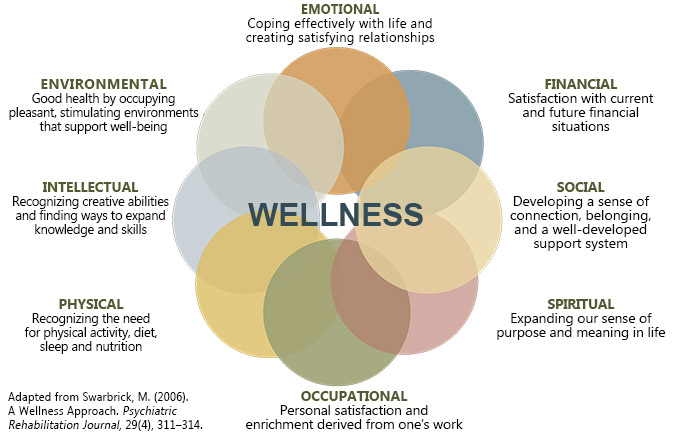CPIC Blog May 2019
If you were asking anyone about the decisions they make then most people may say that they don’t or more often rarely say they are in a position to make decisions. Yet we judge the performance of many people on the basis on the way we think they make decisions. To complicate matters somewhat we base the training and educating people in such a way as to place them in a position where they make good decisions. So, lets examine this in more detail. What is a decision? In the most basic of terms it is the way we connect the available evidence to a choice. It is a process that is at once cognitive and rational. It will also be strongly influenced by experience. If we were stick our hand into a flame we know its hot and risk being burned, we might only have to do it once to know that if faced with that situation a second time we will have the cognitive processes through what we call memory to know not to do it again.
If we rely upon others to make decisions for us, as we might if we are in a position to become reliant upon a professional carer to make decisions for us we are placing our trust in them to reduce risk to a point where we can ensure safety. Carers are therefore trained to make decision that have outcomes for others who may not be a position to care for themselves to ensure they are safe and their personal needs are taken care of. The problem however lies in two critical areas – that of how we assess and give prominence to the available evidence and our memory of past events that tell us there is one correct choice to make. During world war two, crews of bombers were highly trained to deliver their payloads to pre-determined targets, yet analysis of the results clearly demonstrated that effectiveness was limited – when human decision-making and interpretation of available evidence was examined the actual strike rate of bombs finding their intended targets was extremely low. The solution was to examine the ‘rational’ evidence available and then redesign the delivery process based upon a sequence of known inter-dependencies. This could be drafting into a sequence pictorially known as a flow diagram, linking one dependency against the next. The result was a process that came to be known as ‘critical path analysis or CPA. Each stage in the sequence outlined the ‘available evidence in such a way as the human interpretation of such evidence was offered as a given – indeed the results from the application of CPA did increase the strike rate of bombs finding their targets – the lesson here is that for the operator the memory involved in the process is inherent in the prescribed sequence, all the operator has to know is the sequence of stages and the inter-relation of evidence to make decisions and improve performance.
Now we might think we are pointing in the right direction, if we wish to improve the way that care is delivered to an individual all we need to do have a known set of inter dependencies made clear and remove the interpretation of evidence from the carer then we can ensure that a person requiring care is well served and satisfied. Here at the CPIC we are becoming increasingly concerned with this assumption that there is a best way, one that might be described as ‘best in class’ that will continually deliver the best for those for whom we deliver care. We have to go back and explore what we do when we connect thinking with doing. The most basic rational approach is clearly attractive, it is based upon past and known ways of doing things and assumes a form of standardisation of available evidence. Yet we if we apply this to larger scale data sources we know that we still have failures in the way that care is delivered even if we have contrary evidence that in lost cases the best result will be attained if we apply known solutions to problems. The risk we run if we do is multiplied by the fact that we can have multiple and conflicting data sources and a memory or cognitive process that is corrupted.
We are concerned with innovation and change, our basis is that even when CPA was applied there were many missed targets even though as a process it delivered better results than before but in a world in care were miss-application of systems has a profound impact upon peoples lives we must strive to re-examine and rethink decision making. To train in the best way known clearly makes sense but it will still have problems- we need to find ways to overcome the wrongful interpretation of information and data and challenge the fact that our cognitive processes can play tricks on us and find ways to better connect our thinking with our doing.

